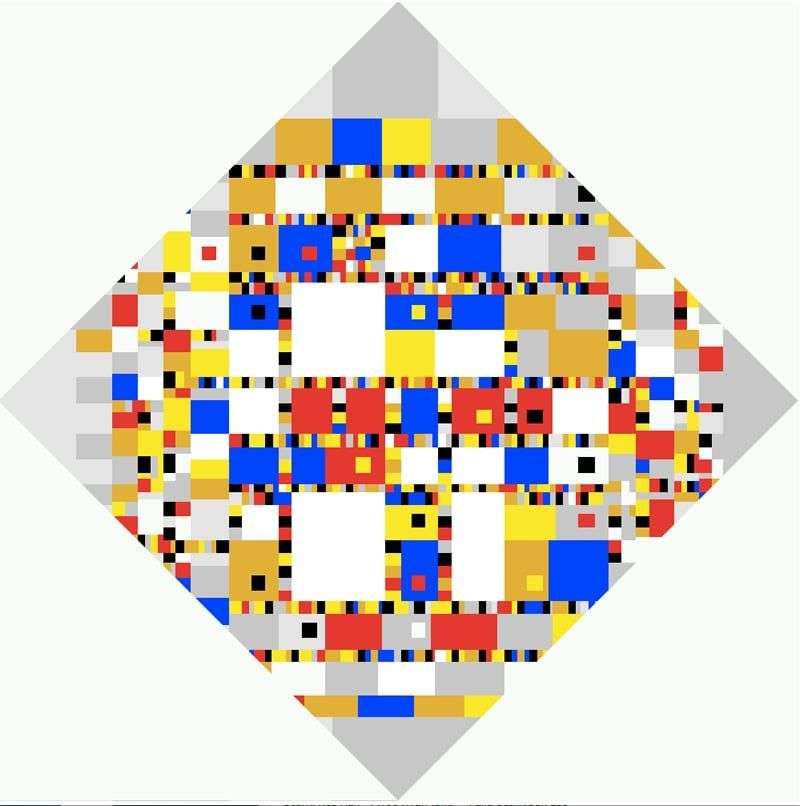
BoogieWoogie Victory by Peter Cornelis Mondrian ️ Mondrian Pete
Broadway Boogie-Woogie is the last painting Mondrian completed. In the early phases of its genesis, the two 1942 drawings in the Newman Collection, it still shows many points of coincidence with the painting preceded it, New York City I.

President Obama bij schilderij "Boogie Woogie "van Mondriaan in het Gemeente Museum Den_Haag.
Piet Mondrian. Broadway Boogie Woogie. 1942-43 | MoMA Piet Mondrian. Broadway Boogie Woogie. 1942-43 513 Oil on canvas, 50 x 50" (127 x 127 cm). Given anonymously Ann Temkin: This painting is titled Broadway Boogie-Woogie. It was made by the Dutch-born artist Piet Mondrian in New York in 1942.

Schilderij "BoogieWoogie van Mondriaan in het Gemeente Museum van DenHaag.
In "Broadway Boogie Woogie," Mondrian simplifies his already elemental system even further, dropping black entirely and reducing red and blue to a series of juddering dashes. The next to last.

Victor boogie woogie Mondriaan Piet mondrian painting, Piet mondrian, Mondrian art
Victory Boogie-Woogie, a painting that Mondrian conceived in expectation of victory in World War II and that remained unfinished by reason of his death on February 1, 1944, adds immeasurably to the innovations of his American period.
Victory Boogie Woogie Piet Mondriaan Museum/nl\
Victory Boogie Woogie is the last artwork by abstract artist Piet Mondrian, although it was never completed. It encapsulates the buzzing energy of boogie woogie music and New York, where Mondrian relocated in 1940. Victory Boogie Woogie is considered amongst Mondrian's greatest artistic achievements, showcasing a new direction for his primary-colored, meticulously planned art.
.jpg)
Victoria Boogie Woogie de Piet Mondrian
New York City I, 1942 by Piet Mondrian. New York City I, or rather the series of works later brought together under the title New York City, marks the beginning of a new phase in Mondrian's work.The black lines have disappeared along with the rectangles of primary color, which since the 1918 Composition: Color Planes with Gray Contours had formed a solid flat totality with the lines and the.
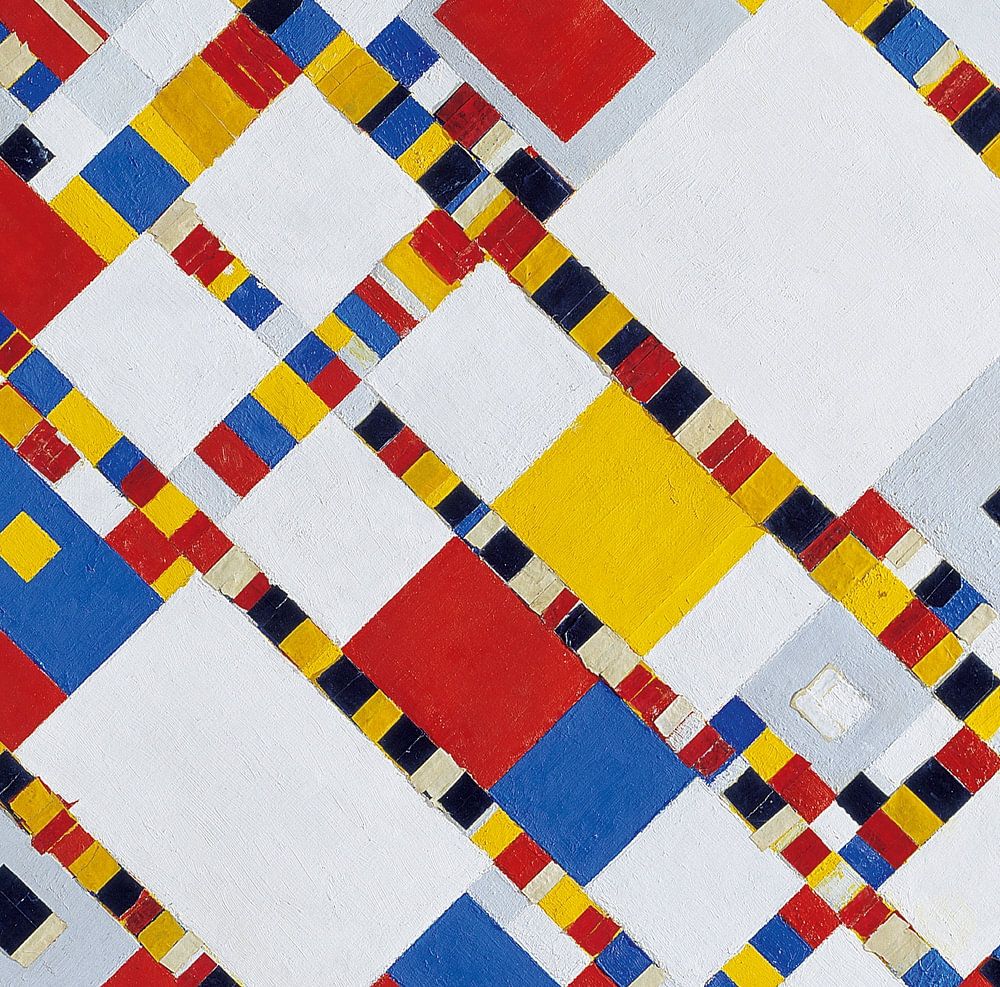
Piet Mondriaan. Victory Boogie Woogie van 1000 Schilderijen op canvas, behang en meer
Victory Boogie Woogie is the last work painted by Piet Mondrian (1872-1944) and part of the permanent collection of the Gemeentemuseum Den Haag. In the period 2006-2008, this famous painting underwent a large-scale investigation in collaboration with the Gemeentemuseum.
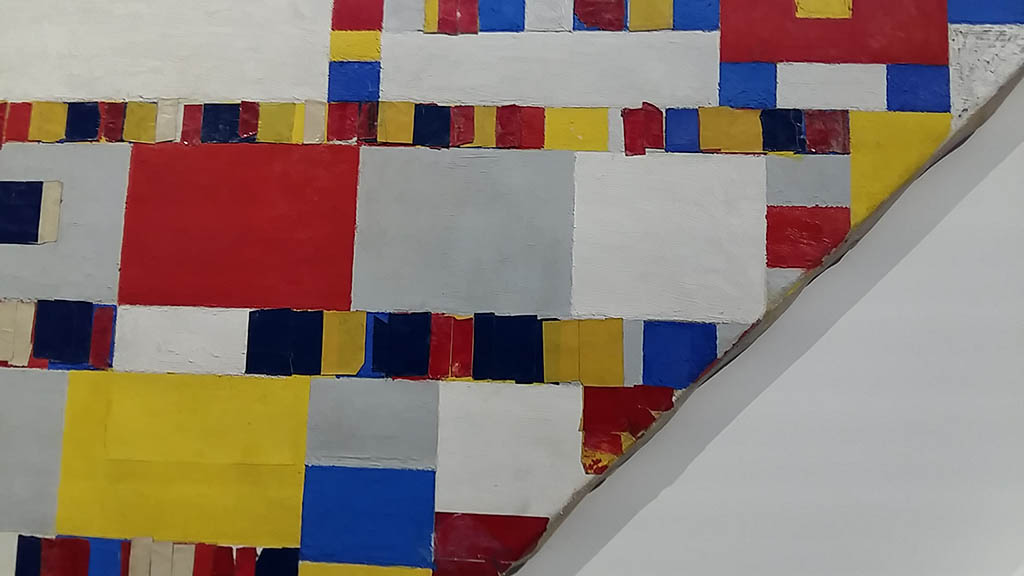
blog De Ontdekking van Mondriaan Victory Boogie Woogie 19421944 detail foto Wilma Lankhorst
Piet Mondrian Broadway Boogie Woogie 1942-43 On view MoMA, Floor 5, 512 The David Geffen Wing Mondrian arrived in New York in 1940, one of the many European artists who moved to the United States to escape World War II.
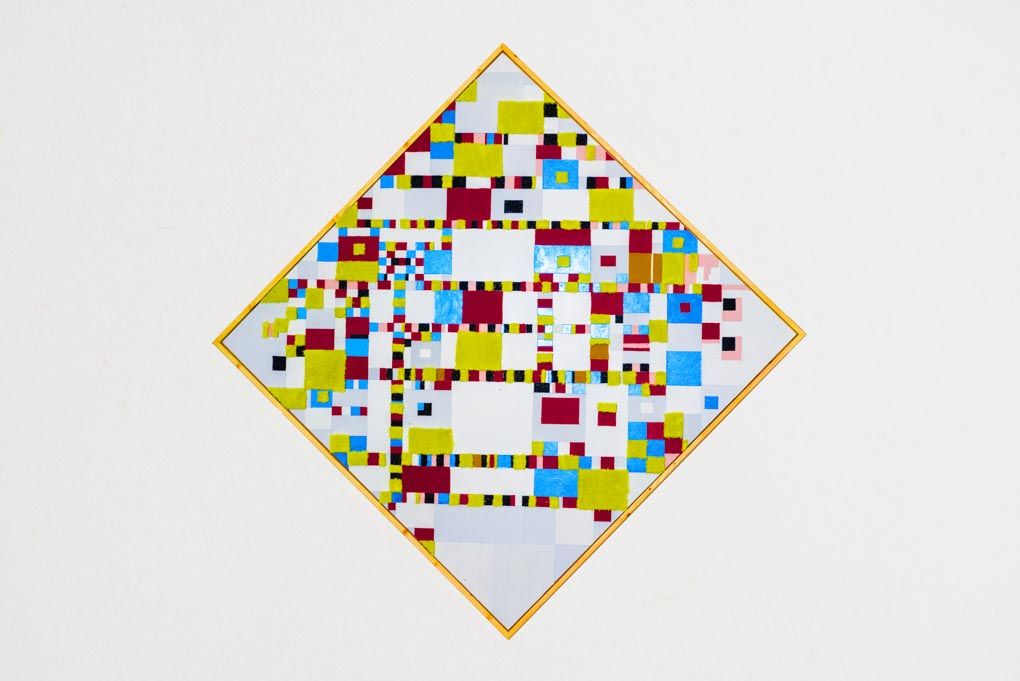
Reproductie Mondriaan, Victory Boogie Woogie
Broadway Boogie Woogie represents Mondrian's final major move in his life - in 1940 to New York City. Upon his arrival in this fascinating city, the artist became passionate about the musical form of Boogie Woogie, a piano dominant form of American blues. It is a complex abstract art work capturing his new home, the city of New York.
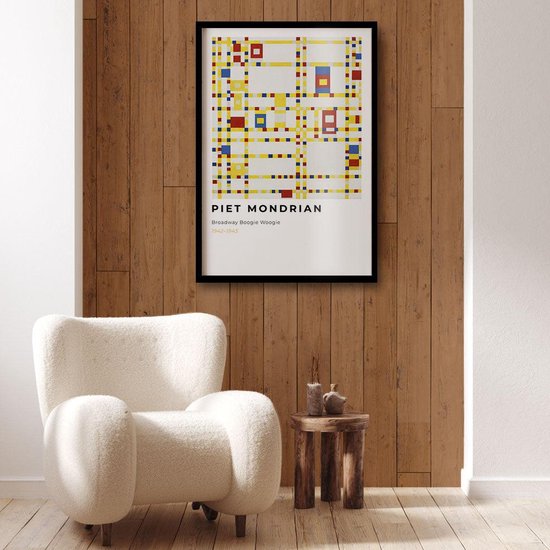
Walljar Piet Mondriaan Broadway Boogie Woogie Muurdecoratie Plexiglas schilderij
Victory Boogie Woogie is the last, unfinished work of the Dutch abstract painter Piet Mondrian, left incomplete when Mondrian died in New York in 1944. He was still working on it three days before dying. [1] Since 1998 it has been in the collection of the Kunstmuseum, in The Hague. [2]
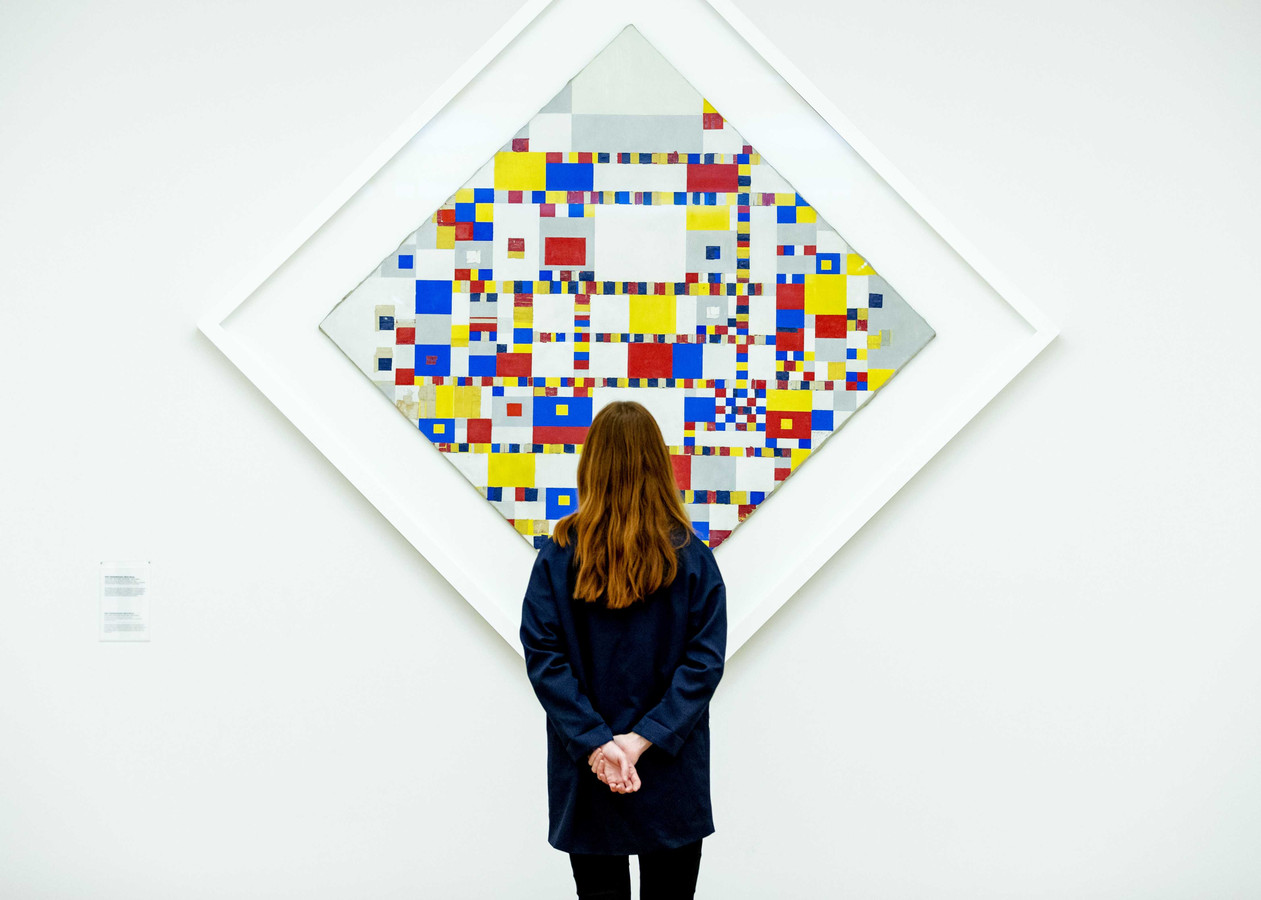
'Mondriaan wilde met jonge blom trouwen' Foto AD.nl
Boogie-woogie, primarily a piano-based style, is one of the most rhythmically intense forms of blues music. Its evolution began in the late 1800s among pianists in the rough-and-tumble city taverns and rural juke joints, and it spread to the traveling vaudeville shows. It was a feature in the barrelhouses in the logging, sawmill, turpentine.

Piet Mondriaan. Victory Boogie Woogie op canvas, behang, poster en meer
1870s-1930s Several African terms have been suggested as having some interesting linguistic precursors to "boogie": Among them are the: word "Boog", and word "Booga" (both of which mean "to beat", as in beating a drum) West African word "Bogi" (which means "to dance")

Broadway Boogie Woogie
en.wikipedia to Commons. Licensing[edit] This is a faithful photographic reproduction of a two-dimensional, work of art. The work of art itself is in the public domain for the following reason: is the author's life plus 75 years or fewer. rule of the shorter term.

Victory Boogie Woogie Piet Mondriaan, 194244 Gemeentemuse… Flickr
Piet Mondriaan [1872-1944] Victory Boogie Woogie Piet Mondriaan (Amersfoort, 1872-New York, 1944) is een pionier van de abstracte kunst. Zijn oeuvre is getuige van de weg die hij aflegt van figuratie naar abstractie.
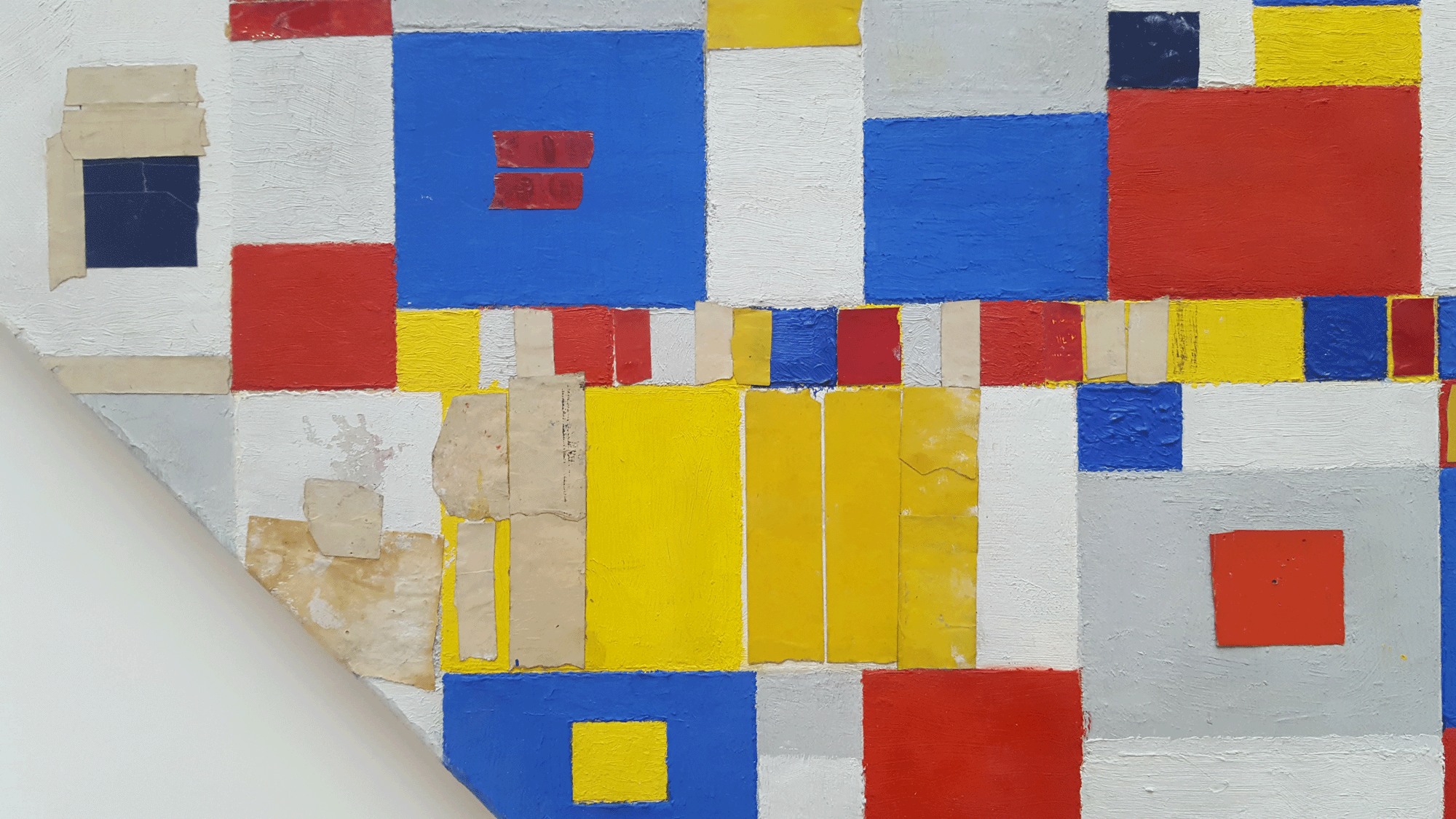
100 jaar De Stijl + Victory Boogie Woogie 20 jaar Nederlands eigendom / Marc Couwenbergh / cti
Piet Mondrian's Victory boogie woogie, (1942-44), has been in the collection of Gemeentemuseum The Hague, The Netherlands since 1998. (Click the link to see a photo of the artwork.) From 1944-87, the artwork was officially based in Meriden, CT, USA.

Piet Mondriaan 'Victory Boogie Woogie' detail (Gemeentemuseum) Tricô e crochê, Trico
Like ragtime and stride, the defining feature of boogie-woogie is the repeating bass pattern in the left hand; a strong eight-to-the-bar feel, either fast or slow, is what propels boogie-woogie. The name "boogie-woogie" has roots in several African languages, including Hausa, Bantu, and Mandingo—and all with similar meanings, like "to.